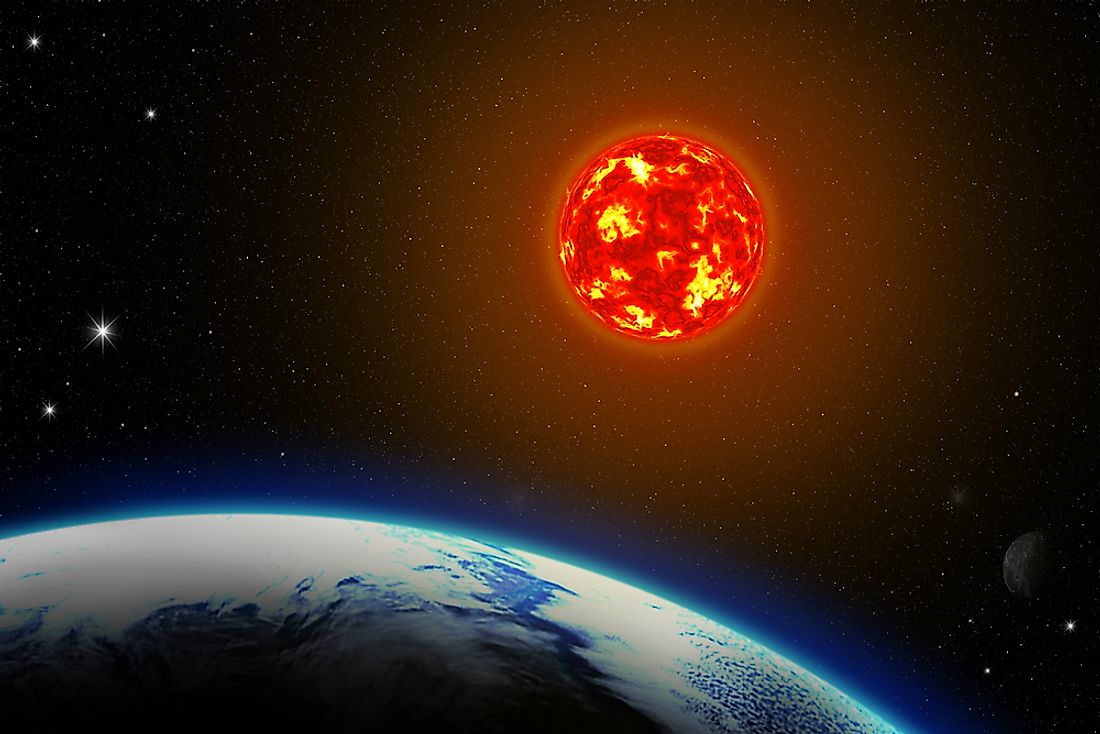What is a Perihelion?

The word perihelion is coined from two Greek words, ‘peri’ which means near and ‘Helios’ which is the Greek god for the sun. The combination of the two words loosely translates to imply to something that is close to the sun. Perihelion is therefore an astronomical term used to refer to a point where the celestial bodies which include comets, planets, asteroids and other celestial bodies moving around the Sun on their orbits come nearest to the Sun. The opposite of perihelion is aphelion, which is the point on the orbit that is furthest from the Sun.
Occurrence of the Perihelion Phenomenon
Perihelion occurs approximately a fortnight after the December Solstice. The planets move around the sun in an elliptical path, contrary to most people’s beliefs. Many people tend to think that the orbit pathways are perfectly circular, but they are not. This implies that there is usually a point on the elliptical path that is closer to the Sun and one that is further from the Sun. Perturbation and gravity are responsible for the elliptical shape of the orbits. Over the years, the paths have been changing from being circular to being elliptical. Eccentricity is the difference between the elliptical orbit and a perfect circle. Therefore, the further the planet is from the Sun, the higher the eccentricity of its elliptical orbit. The eccentricity of Earth’s elliptical orbit is approximately 1.7%. The planet is usually approximately 147.1 million kilometers from the Sun in early January, when perihelion occurs.
Of all the planets, the elliptical orbit of planet Mercury tends to be more inclined. Just like other celestial bodies, the planet moves faster at its perihelion. At its perihelion, Mercury is usually approximately 46 million kilometers from the Sun.
Effects of Perihelion on Planet Earth
Most people think that perihelion and aphelion are responsible for the seasons on Earth. Their thoughts are misguided because the northern hemisphere should be experiencing summer during perihelion, but it instead experiences winter. For this reason, it is a mere misconception that the distance of the Sun from the Earth affects seasons. The variation of the seasons and climates in the northern and southern hemispheres is because of the tilting of the Earth’s axis which is 23.4 degrees away from the plane of Earth's orbit around the Sun. At around January 3, when perihelion occurs, it is usually winter in the northern hemisphere and summer in the southern hemisphere. The planets and the celestial bodies tend to move faster at perihelion.
However, it is important to note that the distance of the Earth from the Sun affects the lengths of the seasons in the northern and the southern hemisphere, explaining why the winters in the northern hemisphere and the summers in the southern hemispheres tend to be shorter than the summers in the northern hemisphere and the winter in the southern hemisphere. The seasons are usually short because the Earth speeds up between the December Solstice and the March Equinox. The length of the season depends on how fast the Earth is moving around its orbit.











